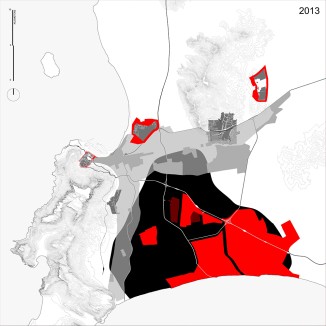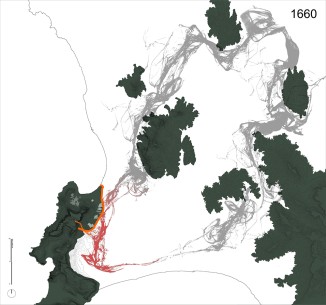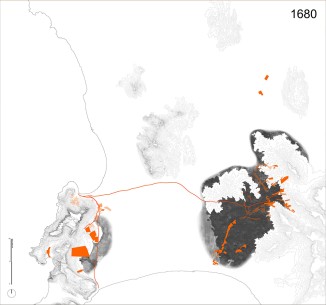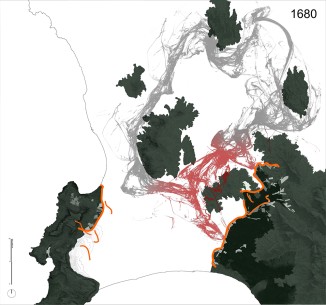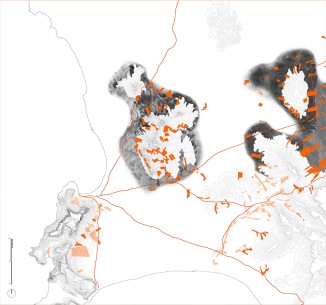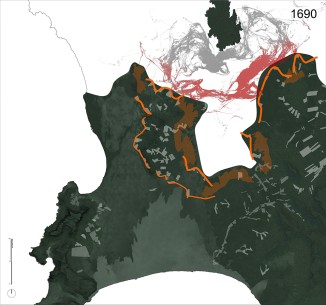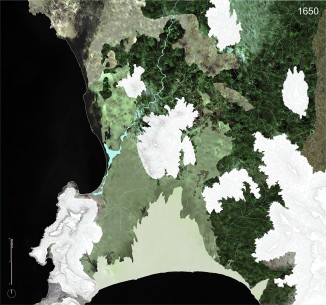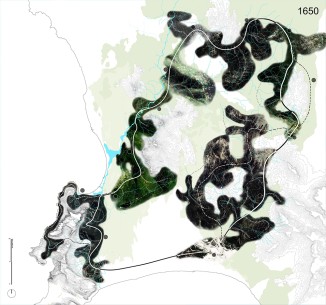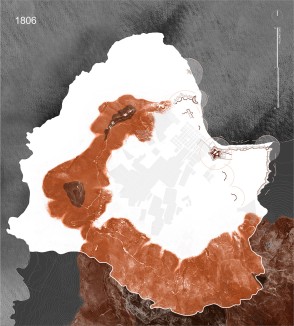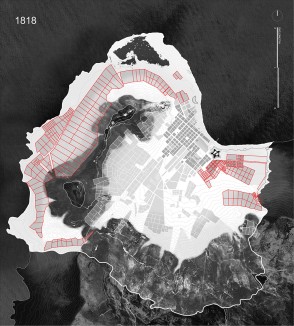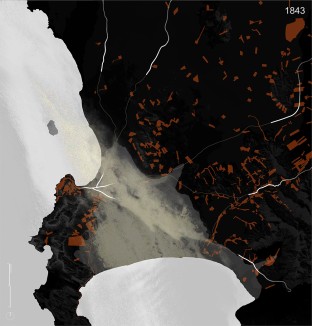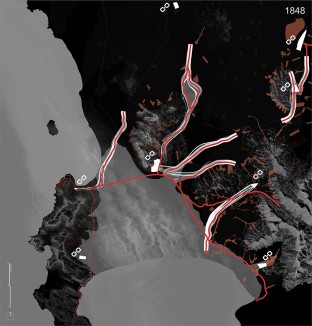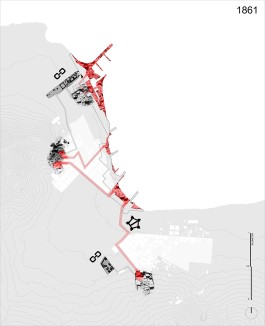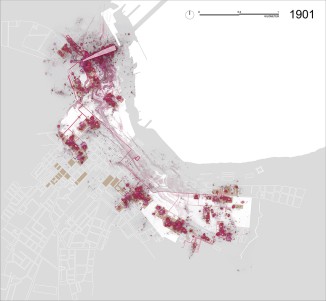Military Urbanism
This slideshow is part of: Master of Architecture II Thesis 2013
Military Urbanism:
The City as Enactment of Segregation: Cape Town, South Africa
Stefan van Biljon
This project represents an attempt to unearth the unconscious of Cape Town's urban divisions. The scars of apartheid-era social engineering (strong spatial and economic discontinuities) are poignant reminders of Cape Town's troubled past. With the enactment of the Group Areas Act in 1950, South African cities were carved into racially segregated sectors. Urban planning was used as a scalpel to cut the city into the image of a nationalist government.
Apartheid however, was no isolated project. Long before bulldozers bit the soil, the lines dividing Capetonians from the elements – and one another – were drawn in the sand. The idea that the city's fractured character is rooted as much in the soil, as it is in social dynamics, is this project's point of departure.
Some of the earliest human civilizations lived within sight of Cape Town's Table Mountain. Colonial land appropriation displaced the nomadic Khoikhoi's seasonal transhumance, eroding an animistic connection to the landscape. Instead, landscape was turned into a weapon, and implicated in an incipient tradition of ethnic and economic segregation. An outpost that started as a 17th Century refreshment station for ships en route to the East grew into a colony, and eventually a nation. Cape Town changed hands between colonial powers, subjecting former masters, in turn, to systematic marginalization and elimination.
A post-apartheid crime wave has led to the increased fortification and privatization of the city's more affluent spaces. This is fuelled by polarized investment. These developments have dovetailed with a heightened global security awareness. What emerges is a distinct form of militarized urbanism with global resonances.

